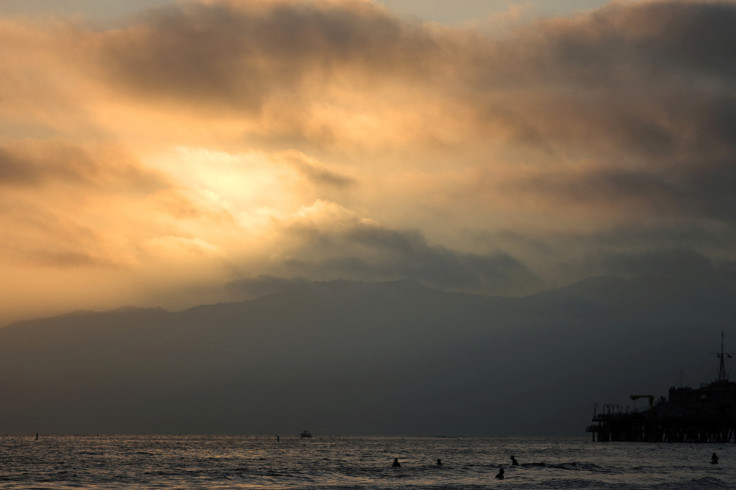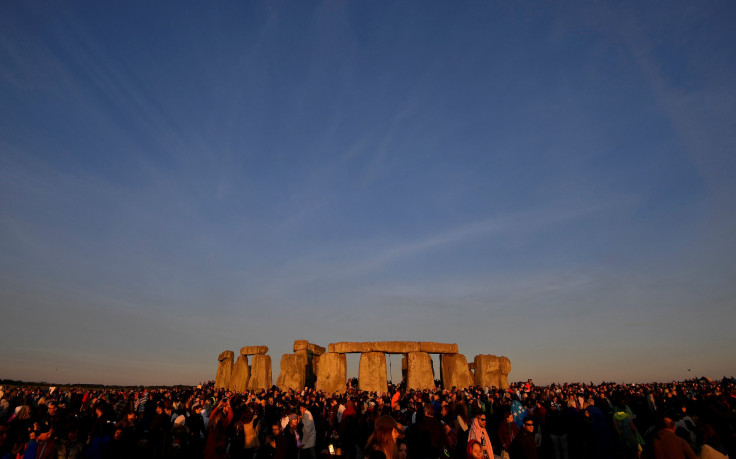
The Northern and Southern Hemispheres are experiencing on Thursday their shortest and longest days of the year, respectively, as the Winter and Summer solstice take place, respectively.
The even occurs when the North Pole reaches its maximum tilt away from the Sun increasing to the largest extent the amount of time without sunlight. The exact moment changes slightly every year, and in 2023 it will take place at 10:27 PM Eastern Time.
And while the amount of sunlight received varies depending on the latitude -that is, how far up north people and cities are- it will be the shortest day of the year for all of them in the United States. Anchorage, in Alaska, will see fewer than five and a half hours of sunlight on Thursday.
The amount increases significantly in Seattle, which will see eight hours and 25 minutes. Miami, much closer to the Equator will have more than 10 and a half hours of sunlight. Conversely, higher latitudes will start to gain sunlight much faster than those closer to the Equator, and will have longer days as the Summer Solstice gets closer.
According to Encyclopedia Britannica, when the Winter Solstice takes place in the Northern Hemisphere, the "North Pole is tilted about 23.4° (23°27′) away from the Sun. "Because the Sun's rays are shifted southward from the Equator by the same amount, the vertical noon rays are directly overhead at the Tropic of Capricorn (23°27′ S)," it adds.
The Winter Solstice in the Southern Hemisphere, in contrast, takes place between June 21 and 22, date in which the season starts in that part of the world, going until September 21.
Winter Solstice Traditions
The Winter Solstice has been tracked by numerous cultures throughout history, marking moments of festivals and rituals, most of them related to agricultural decisions such as the mating of animals and the sowing of crops in ancient ages, as well as the death and rebirth of the Sun for some cultures. In fact, ancient monuments like Stonehenge are aligned with these phenomena. Romans held a week-long festival called Saturnalia, parts of which are believed to have originated some Christmas customs.

The Washington Post explains that the word solstice comes from the Latin word solstitium, which means "sun standing still."On the December solstice, the sun's daily southward movement in the sky appears to pause, and the sun rises and sets at its southernmost points on the horizon. After the solstice, the position of sunrise and sunset shifts northward again and we slowly begin to gain daylight," the outlet adds.
© 2025 Latin Times. All rights reserved. Do not reproduce without permission.





